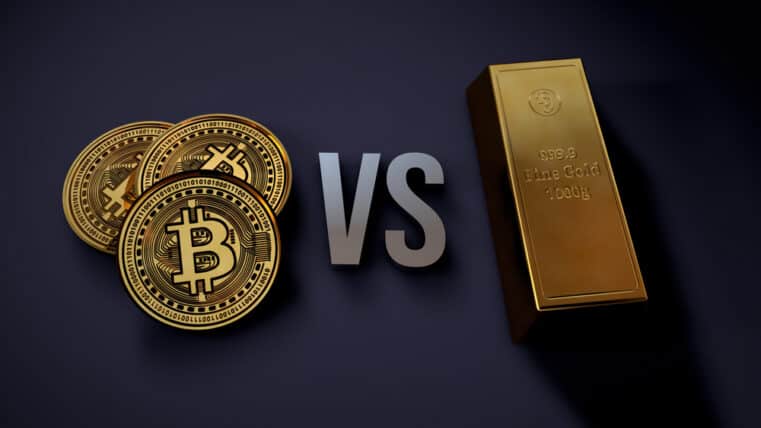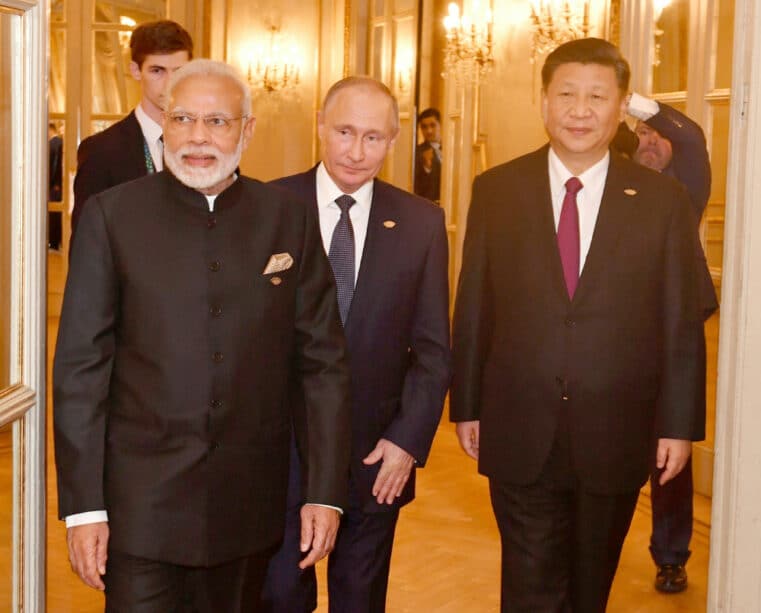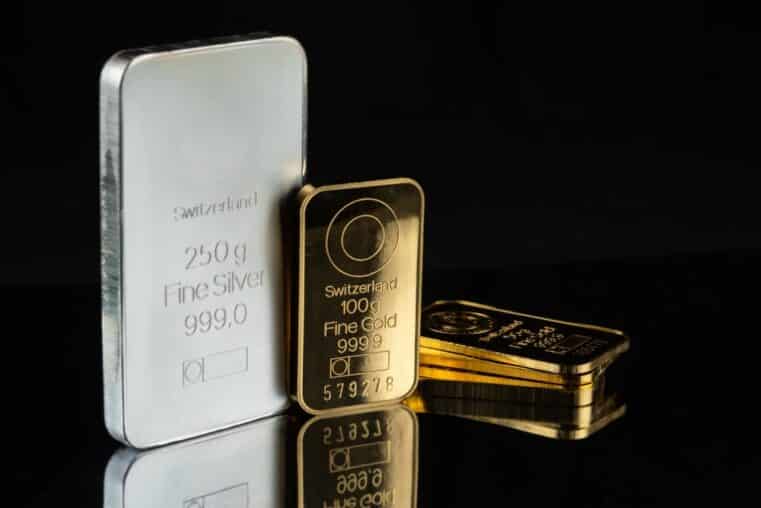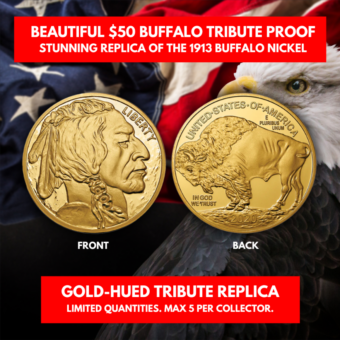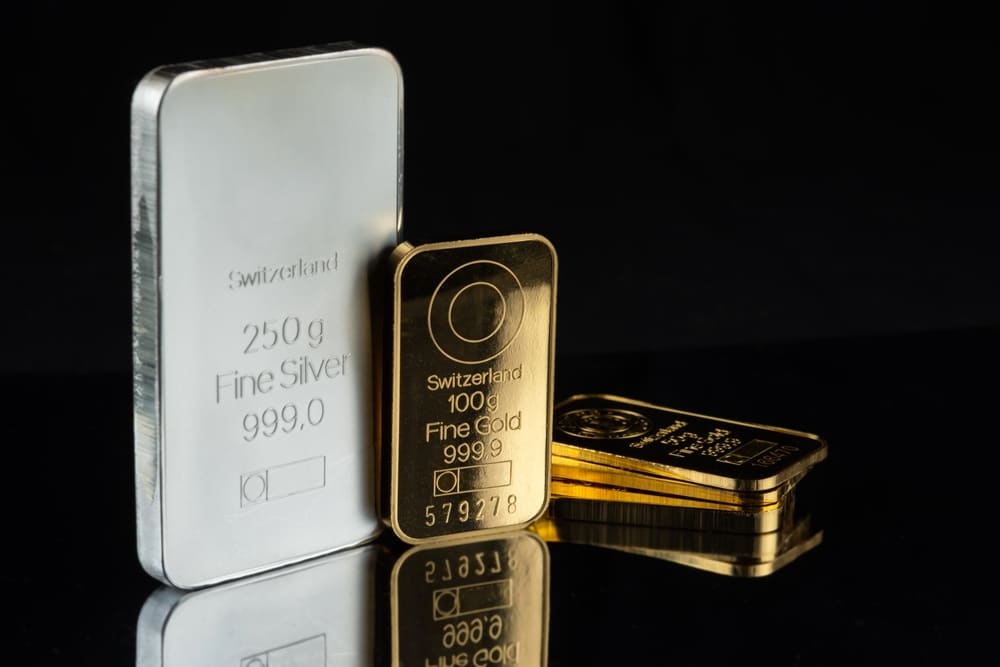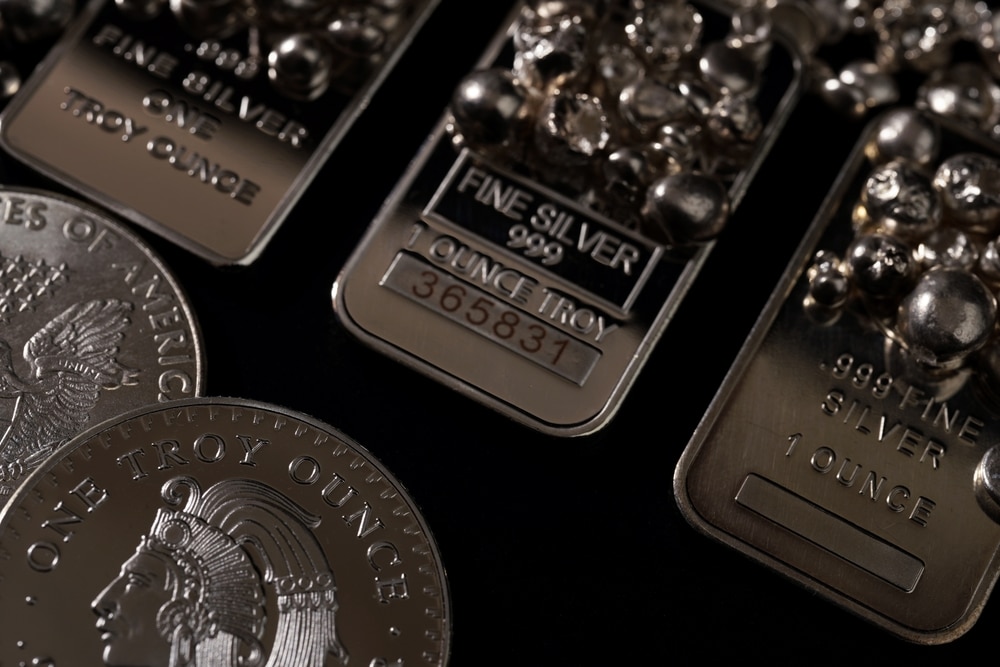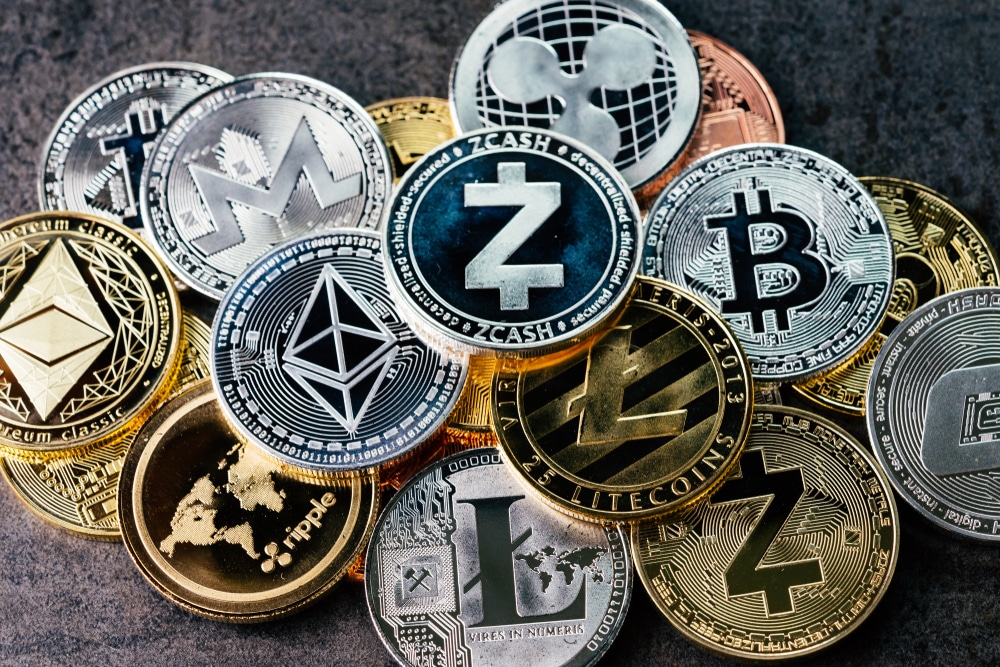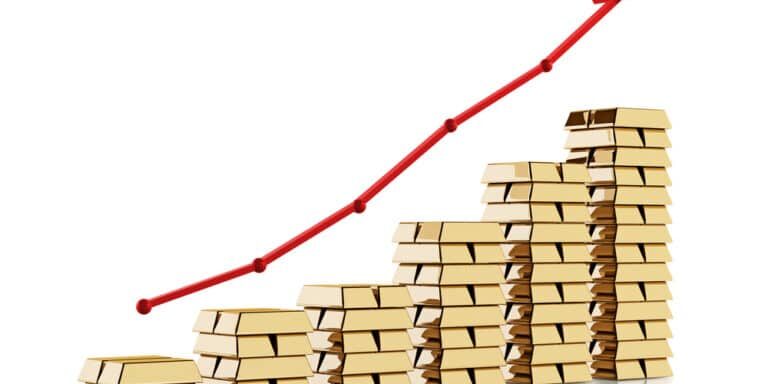
Gold's Slow Climb: Inches Today, Breakout Tomorrow
Let me tell you something from the heart: gold ain't a sprint—it’s a trench war. Inch by inch, fight by fight. And right now, if you’re feeling whiplashed watching it charge up toward $3,400 an ounce only to tumble back down like it tripped over its own boots—you’re not alone. This is the fourth time we’ve seen gold charge the hill just to get shoved back before planting the flag.
Silver? Same story. It had its best shot at $40 an ounce in 14 years—and couldn’t quite make it over the line. But don’t let that shake your faith. This isn’t failure—it’s friction. And friction means pressure. And pressure, my friend, means something’s about to give.
The Game Behind the Game
Now, let’s dig a little deeper. The latest pushback came right after headlines hit about a U.S.-Japan trade deal. The White House said Japanese imports might face a 15% tariff. And that same talk had folks speculating that a Europe deal is next. President Trump even threw out a coin-flip—“50/50 chance” of a European agreement.
To the untrained eye, this might sound like progress. But here’s the dirty little secret: every “deal” just kicks up more uncertainty, not less. The whole safe-haven appeal of gold is based on people looking for protection from exactly this kind of political flip-flopping.
When the picture looks clearer, gold tends to dip. But that doesn’t mean danger is gone—it means people are just falling asleep at the wheel again. That’s your signal to pay attention.
The Paradox of Price: "Higher Prices Cure Higher Prices"
There’s an old saying on Wall Street: “Higher prices cure higher prices.” What that means is—when gold goes up, fewer people buy. It becomes harder to stomach the price tag. That’s especially true in places like China, where physical gold consumption dropped 3.54% in the first half of this year.
But here’s the twist: while the jewelry buyers slowed down, the investors doubled down. Chinese gold ETFs added a staggering $8.8 billion in value in just six months. That’s not bling—that’s bunker mentality. That’s people getting ready for the storm they know is coming.
The Bigger Picture: Stagflation and the Coming Yield Crunch
We’re entering dangerous territory, folks. General Motors reported a 35% drop in Q2 profits. Why? Tariffs. These taxes aren’t going away—and guess who ends up footing the bill? You and me.
This isn't just bad economics—it’s the perfect recipe for stagflation. That’s when you get the worst of both worlds: a sluggish economy and rising prices.
Here’s what that does:
- It drives inflation higher.
- It pushes real interest rates lower.
- It makes U.S. Treasuries about as appealing as a moldy sandwich.
But gold? Gold loves that environment. It doesn’t pay interest, sure—but in a world where yields are falling and inflation’s eating your paycheck, gold suddenly becomes the smart, solid asset. A true diversifier.
So What’s the Move?
Look, I grew up in a blue-collar household where every dollar mattered. And I’ve been in finance long enough to smell the smoke before the fire. Right now, the warning signs are everywhere. Gold and silver are moving in inches—but they’re building toward a breakout. Don’t wait for $3,400 to make your move. By then, it’ll be too late.
Protect your wealth now. Download Bill Brocius’ free guide—"Seven Steps to Protect Yourself from Bank Failure"—and learn how to take real control.
Subscribe to Dedollarize Insider for the strategies mainstream media won’t touch. Because when the dollar dives—and it will—only those holding real assets will sleep easy.
Gold is a game of inches. But those inches could be the difference between security and regret. Make your move while you still can.



